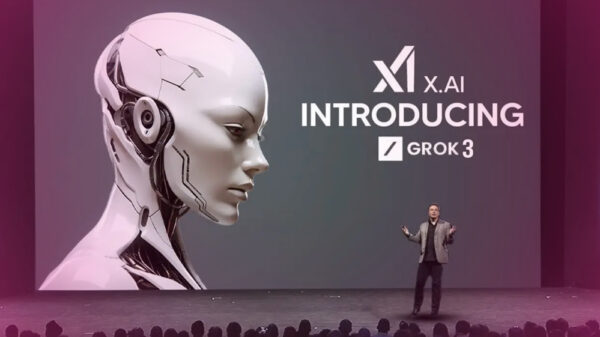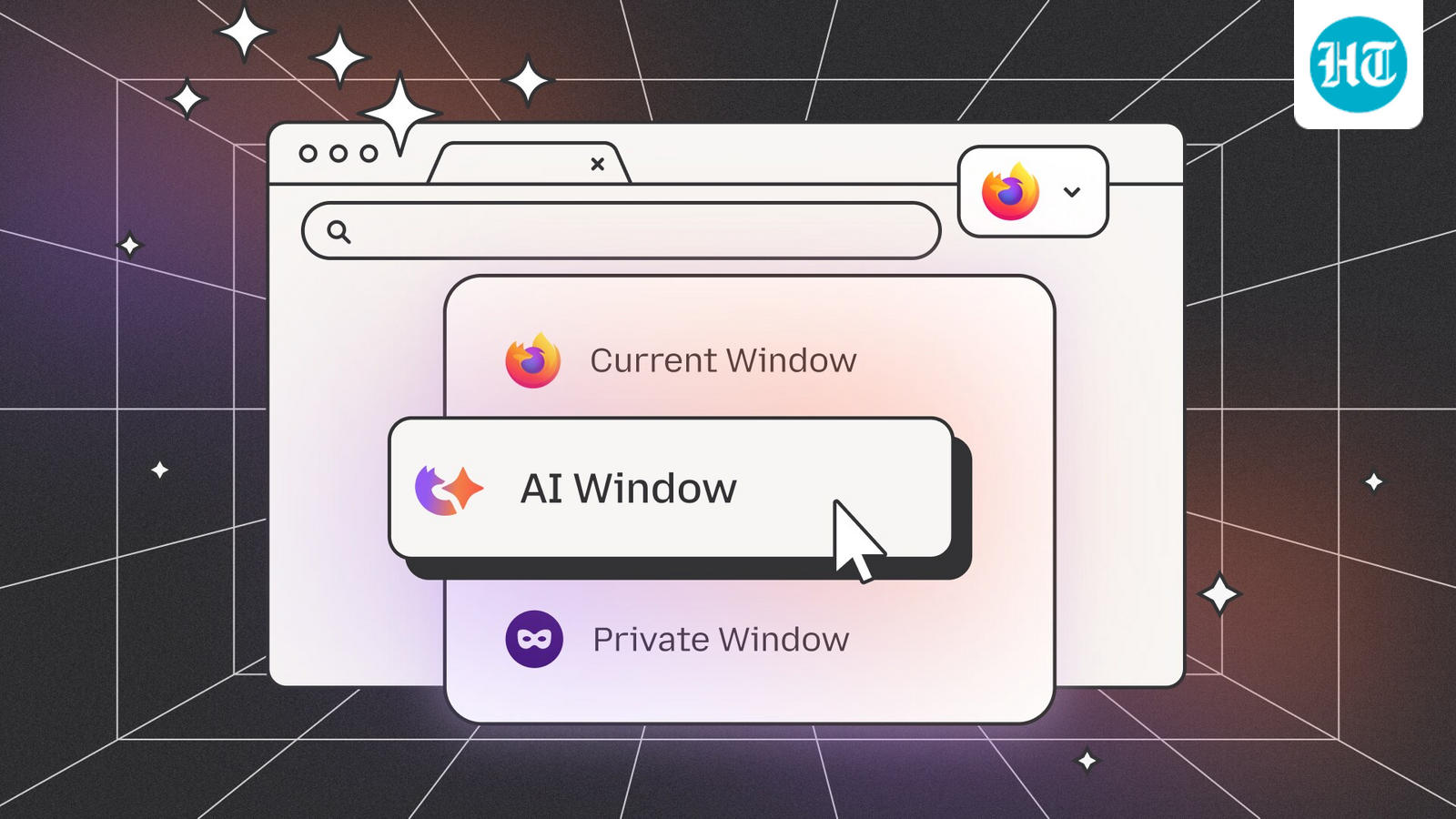Cognitive warmup. Early this year, Microsoft made headlines by claiming that as much as 30% of its code is now generated by AI. However, the months following this announcement have been riddled with significant issues, particularly with the updates to Windows 11. The most recent October update disrupted the Windows Recovery Environment, rendering USB keyboard and mouse inputs ineffective. Earlier, in August, another update led to hard drives becoming inaccessible and caused data loss. Additionally, the major 24H2 update experienced installation failures. Users have also reported website loading issues, unexpected app crashes, and even failures of the “update and shut down” command. This situation emphasizes a crucial point: the superiority of human oversight over AI when it comes to reliable software development.
Perplexity’s Challenges in AI Search
During the recent Cerebral Valley Conference 2025, a pattern emerged showcasing investor skepticism towards AI initiatives. A notable highlight was the voting on which startups attendees believed were most likely to fail, with Perplexity taking the top spot. This informal poll included investors and founders, signifying a broader unease in the market. Perplexity, which is currently embroiled in legal disputes with Amazon while vying for Google‘s attention, was deemed the least viable option among startups valued at over $1 billion. Following closely were OpenAI and a collective of other companies such as Cursor, Figure, and Mistral.
Processing approximately 780 million queries monthly, Perplexity pales in comparison to Google, which handles around 13.7 billion daily. Despite Microsoft’s integration of ChatGPT into Bing, which has only marginally increased market share from 3.4% to 4.31%, the challenges for Perplexity remain substantial. Investors are increasingly concerned about sustainability as operational costs rise and competition intensifies. While Perplexity projects an image of confidence, the reality underscores a turbulent environment for AI search companies.
Satya Nadella’s Insights on AI Partnerships
On a recent Friday night, Microsoft CEO Satya Nadella shared his thoughts on what he termed “extractive” AI partnerships. Drawing on principles from Bill Gates, Nadella emphasized the importance of value-driven collaborations. He cited Microsoft’s partnership with OpenAI as a model of mutual benefit, stating, “Even in our somewhat zero-sum mindset industry, we can create partnerships that create value for all parties involved.” Yet, this sentiment seems somewhat hollow given Microsoft’s extensive investment of $13 billion in OpenAI, which grants them exclusive access to OpenAI’s commercial API products.
See also India’s ATOMESUS AI Launches Advanced Platform with Focus on Multilingual Optimization and Data Sovereignty
India’s ATOMESUS AI Launches Advanced Platform with Focus on Multilingual Optimization and Data SovereigntyNadella’s warning that companies must maintain control of their destinies draws attention, but the reality for consumers is starkly different. Many users feel overwhelmed by the AI functionalities being forced into their experience with Windows 11, which only detracts from utility. The growing annoyance with these AI features reflects a disconnect between corporate strategy and user preferences.
Mozilla’s AI Window: A User-Centric Approach
In contrast to the trends seen with Microsoft, Mozilla is taking a refreshing approach with its newly launched AI Window in Firefox. Instead of pushing AI integration, Mozilla is offering users a choice, allowing them to incorporate an AI chatbot in a dedicated sidebar while browsing. This feature, which is still in a waitlist phase, aims to deliver functionalities such as summarizing pages and brainstorming, all while respecting user autonomy. The company is committed to not locking users into a single ecosystem or forcing AI into their browsing experience, a sentiment many users might welcome.
The AI Window could provide a balanced alternative for users who wish to maintain privacy while enjoying AI-assisted browsing capabilities. Mozilla’s strategy emphasizes user feedback, marking a significant departure from the trend where AI features are often implemented with little regard for user experience.
As we navigate the evolving landscape of AI, the contrast between the approaches of major players highlights ongoing tensions between innovation and user satisfaction. The challenges faced by companies like Perplexity and Microsoft serve as reminders that while AI has the potential to revolutionize industries, it must be guided by user needs and preferences to truly succeed.









































































